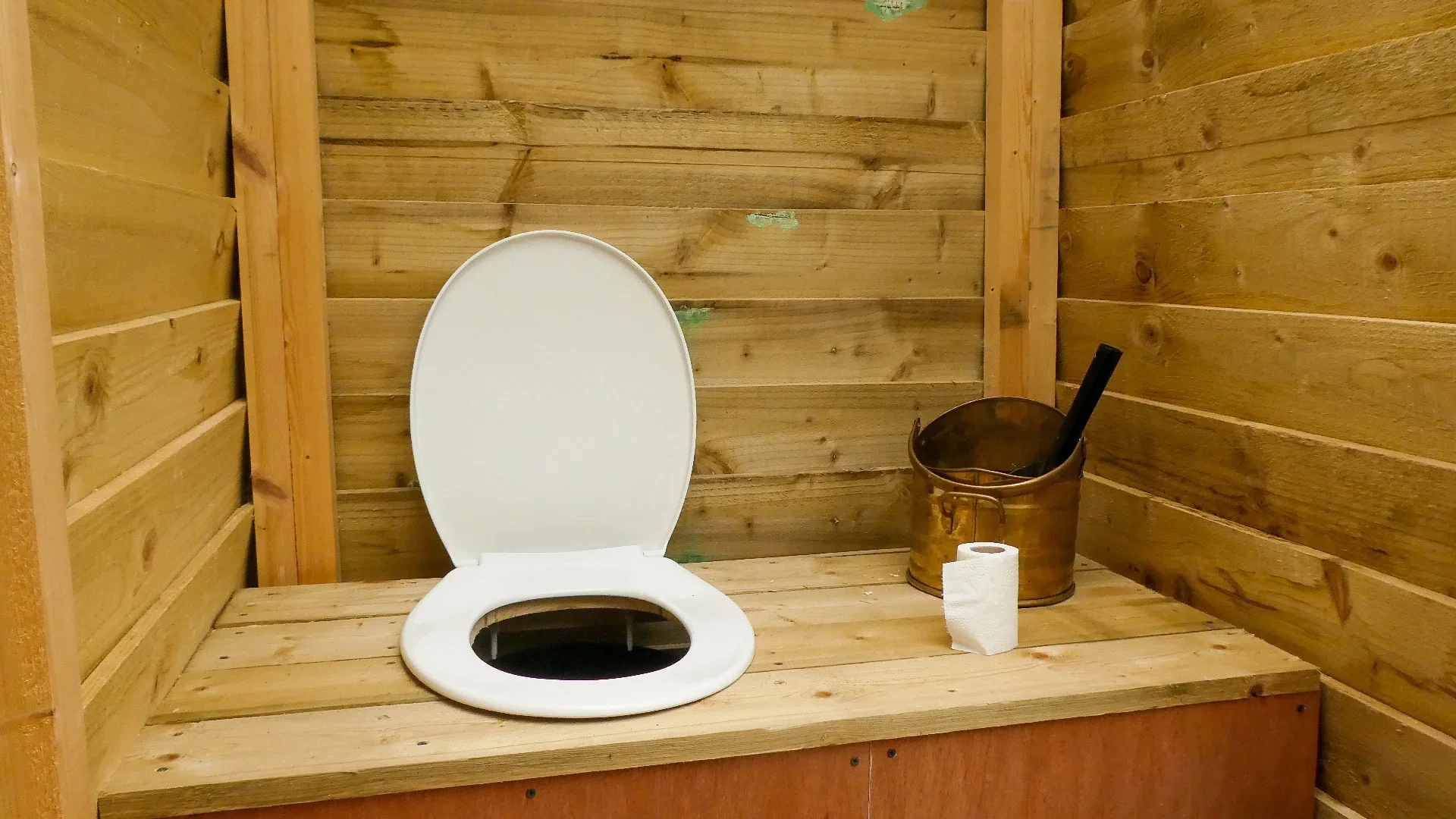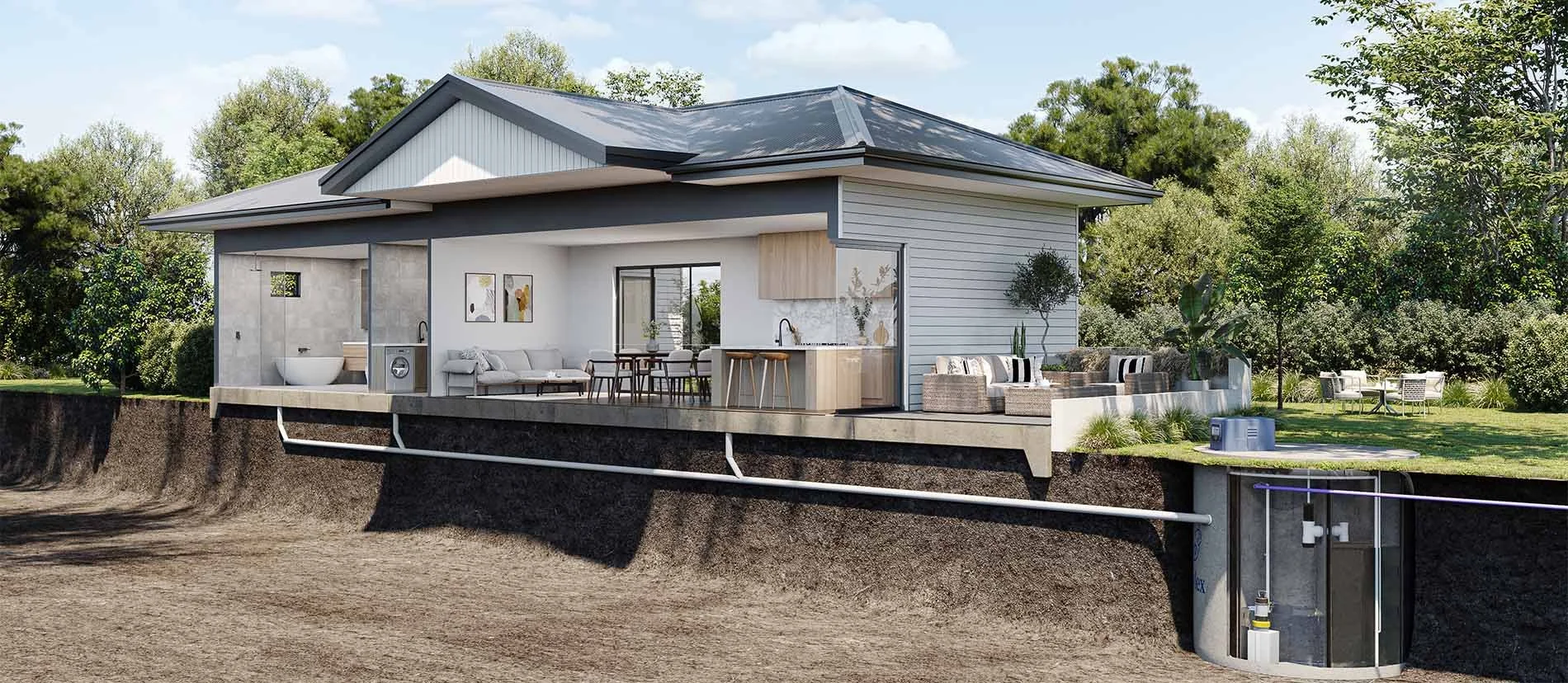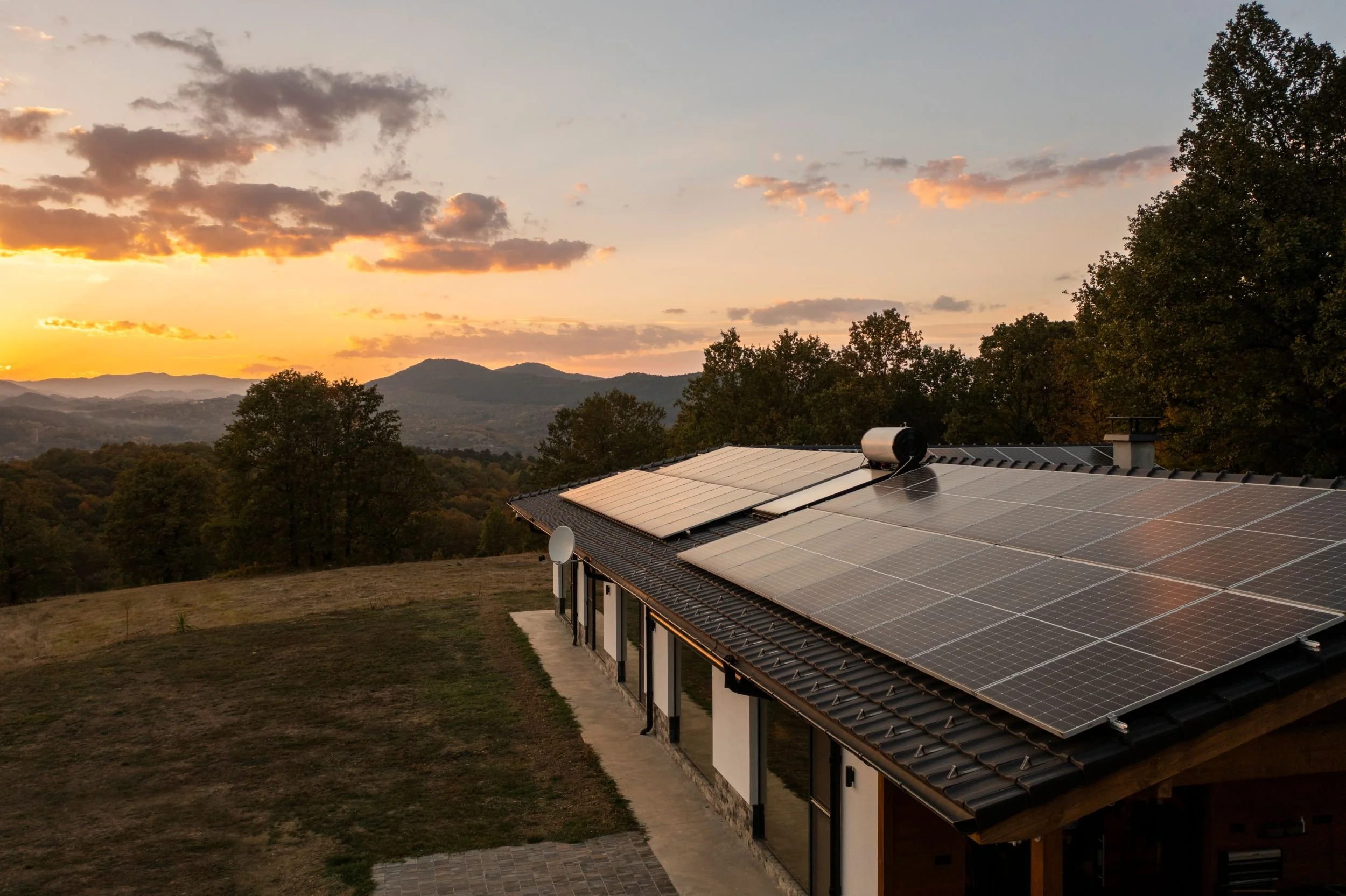Sewage Processing Systems for Off-Grid Solar: Composting, Aerated Septics, and Incinerator Toilets
Living off the grid comes with the freedom of self-sufficiency, but it also means tackling challenges that are often taken for granted in urban life—like sewage treatment. Whether you’re running a tiny home, a bush retreat, or a fully independent homestead, choosing the right waste management system is essential for hygiene, sustainability, and day-to-day comfort.
In off-grid solar applications, where energy efficiency is as critical as practicality, the three most common sewage solutions are composting toilets, aerated septic systems, and incinerator toilets. Each option has unique benefits, energy demands, and upfront costs. Here’s a breakdown to help you decide which system might best suit your off-grid lifestyle.
A composting toilet from Solazone (Image: https://composttoiletsmelbourne.com.au/)
1. Composting Toilets
How They Work
Composting toilets manage human waste by breaking it down naturally into compost through aerobic decomposition. Typically, they require no water (or very little in some designs) and are often paired with bulking agents like sawdust or peat moss to aid the composting process and minimise odour.
Upfront Cost
Basic composting toilet units start around AUD $1,000–$2,500, while high-capacity, fully contained systems with electric fans and agitators can cost AUD $3,000–$5,000. Installation is usually straightforward, requiring little more than ventilation piping and space for a composting chamber.
Energy Cost
Non-electric models consume no power, while electric versions (with fans or heaters) use a small draw—roughly 20–80 watts when running. In solar-powered homes, this translates to minimal daily consumption and can easily be supported by even a modest PV system.
Pros
Low water use: Ideal for areas without reliable water supply.
Eco-friendly: Creates usable compost if managed correctly.
Low operating costs: No sewage bills, little ongoing expense.
Solar-friendly: Very low or zero energy requirements.
Cons
Maintenance: Requires regular emptying, cleaning, and balancing moisture levels.
Odour control: If not properly maintained, smells can be a problem.
Regulations: Some local councils may have restrictions on composting systems.
Labour-intensive: Not always suitable for high-use households or rentals.
2. Aerated Septic Systems
How They Work
An aerated wastewater treatment system (AWTS) is essentially a modernised septic system that uses oxygen (via pumps or blowers) to encourage aerobic bacteria to break down waste more efficiently. The treated effluent can often be recycled safely for sub-surface irrigation, making it attractive for properties with gardens or small farms.
Upfront Cost
These systems are significantly more expensive, with typical installation costs ranging from AUD $10,000–$20,000, depending on size, soil type, and regulatory approvals. Ongoing council inspections and maintenance contracts are usually required.
Energy Cost
Aerated systems require continuous power to run pumps, aerators, and sometimes UV disinfection units. This can consume around 1–2 kWh per day, which adds up in an off-grid solar environment. Households need a robust solar and battery system—or even a backup generator—to support the constant load.
Pros
High capacity: Suitable for full-time households and larger families.
Low-touch operation: Once installed, it functions much like a standard sewer.
Recycles water: Treated effluent can be reused, reducing strain on water supply.
Compliant: Often meets strict council and environmental regulations.
Cons
High upfront cost: Significant investment required for tank, plumbing, and approvals.
Ongoing costs: Regular servicing fees and occasional pump replacement.
Energy-hungry: Constant power use is a drawback for solar-only systems.
Complex installation: Requires professionals and council approval.
A Cinderella Toilet (Image: www.cinderellaeco.com)
3. Incinerator Toilets (e.g., Cinderella Toilets)
How They Work
Incinerator toilets eliminate waste completely by burning it to sterile ash at high temperatures. Units like the Cinderella Freedom use electricity (or LPG in some models) to heat waste chambers, leaving behind a tablespoon of ash after dozens of uses.
Upfront Cost
Premium incinerator toilets range from AUD $6,000–$8,000, plus installation. They don’t require plumbing or water connection, but they do need ventilation flues and a reliable power or fuel supply.
Energy Cost
Electric models consume around 1–2 kWh per cycle, depending on use. For a family household, this could mean 4–6 kWh daily—quite substantial in an off-grid solar setup. LPG-powered models avoid heavy electrical loads but require ongoing fuel costs and deliveries.
Pros
No water required: Fully independent of plumbing.
Clean output: Only sterile ash remains, which is easy to dispose of.
Odour-free: Well-designed units virtually eliminate smell.
Compact: Ideal for tiny homes, cabins, and seasonal use.
Cons
High energy consumption: Significant demand on solar systems unless LPG is used.
Expensive upfront: Higher purchase price than composting toilets.
Ongoing cost: LPG refills or electrical load management.
Not eco-recycling: Waste is destroyed rather than reused for soil health.
Choosing the Right System for Off-Grid Living
When deciding which sewage system best suits your off-grid property, it’s worth balancing upfront cost, energy availability, and lifestyle preferences.
For minimalists or eco-conscious households: Composting toilets offer the lowest environmental impact, minimal cost, and near-zero energy use—perfect for solar-powered cabins or tiny homes.
For permanent off-grid households with higher occupancy: Aerated septic systems provide convenience and compliance, but require a more substantial solar setup to support constant energy draw.
For those prioritising cleanliness and low-maintenance: Incinerator toilets offer a convenient, odour-free solution but are expensive to run unless backed by ample solar generation or LPG.
Final Thoughts
In off-grid living, independence doesn’t just mean generating your own electricity—it extends to handling waste responsibly. Composting toilets keep energy demand low and recycle nutrients, aerated septics mimic urban convenience but demand reliable power, while incinerator toilets offer simplicity at the cost of energy efficiency.
The best choice ultimately depends on your household size, solar system capacity, budget, and philosophy toward sustainability. As with all aspects of off-grid life, planning ahead and matching the system to your lifestyle will ensure that your sewage solution is as reliable as the rest of your setup.




